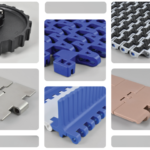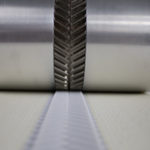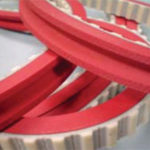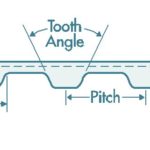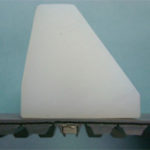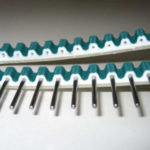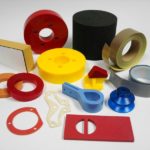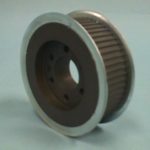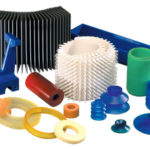Globax news
Blog
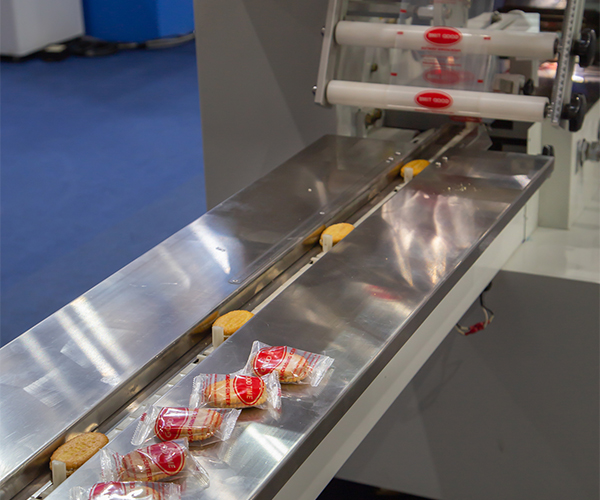
A Review Of The Pros And Cons Of Different Types Of Conveyor
You may know of the different types of conveyors, but what are some pros and cons of each?
According to Process Industry Informer:
Overview of different conveyor types
“There are seven principally different forms of bulk conveyor as described below;
Belt conveyor
“A continuous belt nominally rubber on which the bulk solid is deposited transported and discharged at the end of the belt assisted by a scraper.
Screw conveyor
“A screw in an open trough, whereby rotation of screw causes bulk solid to slip down the front face and avalanche forward ahead of the screw, to a discharge port at the end of the trough.
Chain (or En-masse) conveyor
“Where a continuous flighted metalic chain in a casing is used to drag a bed of bulk solid down an enclosed channel to a discharge point.
Vibratory conveyor
“A metallic tray, that is vibrated at a high frequency low amplitude in a diagonal forward motion, to cause particles to vibrate along the tray to a discharge point.
Pneumatic conveyor
“A closed pipe down which bulk solid is conveyed in air, using either a positive pressure or a vacuum to discharge into a receiving hopper with a filtration system to separate the air and solids. System can be lean phase high air low solids, low pressure or dense phase high solids low air at high pressure.
Air slide conveyor
“An air permeable membrane (with a pressurised plenum chamber below) in the base of a channel, which is filled with bulk solid that is fluidised by the air flow causing gravity flow down a shallow decline (1 to 15°).
Gravity chute conveyor
“A declined chute at an angle slightly steeper than the wall friction angle of the material that relies on gravity to cause flow to a discharge point.
“Fundamental bulk flow properties affecting the different conveyor types
“There are several bulk flow properties that effect the flow behaviour in the different types of conveyor, and these are explained below. The key flow properties are the:
- “wall friction angle, i.e. the angle that a surface covered in bulk solid can be inclined too (see fig 1a), before the material slips down the wall. This can be measured in a wall friction test and is presented as a wall friction locus (see fig 1b). The blue wall locus is typical of a free-flowing low wall friction bulk solid with a friction angle of 12° that is independent of stress level, or depth of fill on surface. The red locus represents a fine “sticky” bulk solid, where friction angle varies with stress, with a friction angle of 90° for a fine layer reducing to 35° as bed depth increases to create a hydrostatic stress of 8kPa.
- “wall adhesion or “stickiness” i.e. the potential for a material to stick and build up on a surface, which is measured as the intercept of the wall friction locus with the shear stress axis (see fig 1b). Here a wall adhesion of 0.5kPa would require a layer thickness of 0.05m for a bulk solid of 1000kg/m3 bulk density to discharge from a vertical wall under itself weight.
- “fluidisation properties are significant for air assisted conveying, an aeration column is used to measure bed expansion and observe fluidisation behaviour. The Geldart Chart (see fig 2) gives a brief summary of the effect of particle size and difference in solid and fluid density on the fluidisation behaviour. Note while this may be useful for air slides, for pneumatic conveyors, full scale trials are essential for reliable system design.
- “flow function, the result of a shear cell test, to measure the flowability (cohesive strength) when a bulk solid is sheared internally see fig 3, shows the standard flowability indices and compares these to approximate limits for handleability of various conveyor types. Generally pneumatic conveying is best suited to free-flowing materials, screw and chains for free and easy flowing materials and belts for cohesive bulk solids.
- “angle of repose (dynamic) effecting the inventory that will be stored in the width of the belt (see fig 4a), the volume advanced by a screw (see fig 5). A freer flowing material forms a shallower angle than cohesive material. A fluidised material will form a horizontal surface.
Pros and cons of the different conveyor types:
“Gravity chutes require height but are otherwise low cost and can provide good containment. Key issues are; limited ability to control feed rate, potential for material to build-up on the chute surface if bulk solid is very cohesive or “sticky” leading to blocking and flooding/flushing for free flowing aeratable materials.
Pros and cons of belt conveyors
“Belts provide; low operating cost transport over short to long distances (10 to 10,000m), gentle handling suitable for a wide range of flow properties and are relatively easy to clean.
“The downsides are; routing restrictions and poor containment, straight line and slight inclines between transfer points, the high capital costs of all components, need for careful setup for reliable operation and the presence of a return path that must be cleaned.
“Note that special belting solutions such as pouch belts (see fig 4b) can route round corners and give good containment, but with a significantly reduced transport capacity per unit length of belt.
“For elevation, the contact friction against the belt rubber (in presence of vibration) limits conveying angle, but textured belt surfaces can increase this. Steep elevation angles can be achieved with sandwich belts, walled belts or bucket elevators.
“Metallic apron conveyors can be used for high temperature environments. In terms of material flowability belts can handle the widest range of materials issues are sticking and cleaning problems for very cohesive materials and dust emissions at transfer points plus windage (for open belts), for free-flowing materials.
Pros and cons of screw conveyors
“Screws provide; good containment, a minimum of moving parts, no return path and ability to convey against a positive pressure or high temperature environment.
“The downsides are; limited conveying distance (30m per screw), straight routing restrictions and are not fully self-clearing (material retained in trough screw clearance).
“Screw conveyors can be used to elevate materials at up to typically 30° (usually with a reduced pitch to increase the helix angle). When elevating, screw conveying efficiency is reduced as incline increases (see fig 5b) because the helix angle reduces, so friction against flight face lifts more material over shaft to drain back to the previous pitch, whilst the dynamic angle of repose becomes closer to horizontal reducing forward motion.
“Note that high-speed screws (rotating above the critical “wall of death” speed) can be used to elevate materials vertically. The material issues are the potential for; particle degradation and poor conveying of high friction “sticky” materials, that adhere to the screw flight turning with the screw.
Pros and cons of chain conveyors
“Chains (see fig 6a) provide; conveying over relatively long distances (100m +), good containment, low particle degradation as flights contact a relatively small area of the transported bulk solid and can feed elevated temperatures.
“Downsides are; metal on metal contact of chain links in product that could cause contamination, a return path that is difficult to clean, routing restriction (horizontal with transition to an incline or vertical rise) and high capital cost of all components.
“Regarding flow properties, friction between moving bulk solid and channel walls effects conveying efficiency and drive power. Vertical/elevated conveying achieved by increasing flight area in contact with bulk solid in the channel (see fig 6b).
Pros and cons of vibratory conveyors
“Vibratory trays (see fig 7a) provide; conveying over relatively short distances (20m per conveyor), low degradation, can operate at high temperatures and elevation can be achieved with a spiral tray.
“Regarding the bulk properties, are suitable for free flowing non segregating materials (i.e. larger particles convey more efficiently than fines). Cohesive materials tend to stick to conveyor over time, with potential to then discharge as agglomerated lumps.
Pros and cons of pneumatic conveyors
“Pneumatic conveyors provide; effective conveying in a lean phase for a wide range of material flow properties (except very “sticky” solids) over distances of up to 100 – 300m, good containment of the product and can feed into high pressure or temperature environments.
“Inert gas can be used for conveying explosible materials. The downsides are high capital and running costs. Dense phase gives lower running costs, but only a limited range of bulk solids will convey in this mode (generally, freer flowing materials with narrow particle size distributions).
“Care must be taken over pipe routing to avoid an excessive number of bends, and to ensure pipes are either horizontal or vertical (no inclines), with enough horizontal straight prior to bends or vertical rises to first accelerate particles to fully suspended flow.
“Other issues are the potential for either particle degradation (and fine particle generation) or pipe wear at bends depending on whether the particles are harder than the pipe wall.
“For very sticky or plastic particles, bend impacts can lead to particle adhesion to the pipe wall, gradually reducing pipe bore increasing the conveying velocity and build up rate until eventually the conveyor becomes blocked.
Pros and cons of air-slide conveyors
“Air-slides (see fig 7b) provide; gentle handling, good containment, and are suitable for conveying over distances of 10m plus, per slide. However, technique is only suitable for materials that fluidise easily, Geldart groups; A and B (see fig 2).
“The former group requires less air but maybe difficult to control or subsequently pack as slow deaeration may cause contents to settle in pack over time, leading to underfilling and pack stability issues if stacked…”
